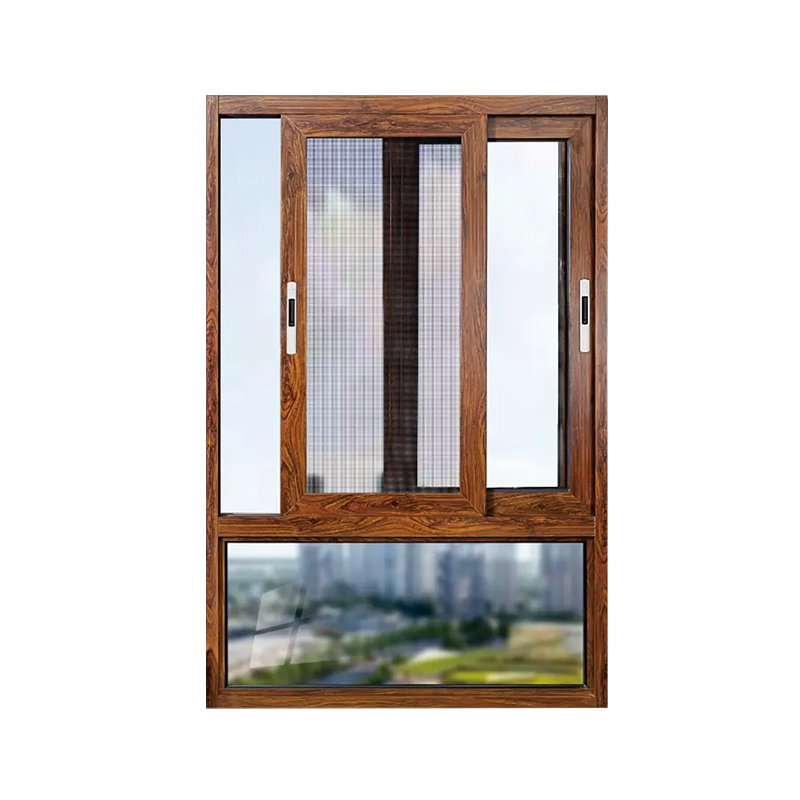Send inquiry
As a leading option in modern architectural doors and windows, thermal break aluminum windows are renowned for their exceptional thermal insulation properties. Below, we will explore in depth how thermal break aluminum windows achieve this effect.
Basic Structure and Principle of Thermal Break Aluminum Windows
Thermal break aluminum windows, as the name suggests, hinge on the "thermal break" technology. This technique involves inserting an insulating strip in the middle of the aluminum profile, dividing it into interior and exterior sections, thereby creating a "thermal break." This "break" effectively blocks the thermal conductivity path of the aluminum profile, reducing heat transfer and achieving thermal insulation.

Methods of Achieving Thermal Insulation in Thermal Break Aluminum Windows
Thermal Break Design: The insulating strip in thermal break aluminum windows is typically made from PA66 nylon, which has a much lower thermal conductivity than aluminum. Therefore, in conditions with significant indoor-outdoor temperature differences, the thermal break design can significantly reduce heat transfer, lowering the temperature difference between indoors and outdoors and achieving thermal insulation.
Insulated Glazing: Thermal break aluminum windows are often paired with insulated glazing. The insulated glazing contains dry air or inert gas, forming an air layer with excellent thermal insulation properties, further enhancing the thermal insulation effect of the windows.
Sealing Performance: Thermal break aluminum windows employ multiple sealing designs, using high-quality sealing strips and adhesives to ensure a tight connection between the window and frame, and the sash. This design not only enhances the airtightness and watertightness of the windows but also effectively prevents indoor-outdoor air convection, further improving thermal insulation.
Specific Benefits of Thermal Insulation in Thermal Break Aluminum Windows
Significant Energy Savings: The thermal insulation effect of thermal break aluminum windows helps control the indoor-outdoor temperature difference, reducing the operating time of air conditioners and heaters, thereby lowering energy consumption. Statistics show that buildings using thermal break aluminum windows can reduce energy consumption by about 30% compared to traditional buildings.
Improved Indoor Comfort: The thermal insulation effect of thermal break aluminum windows stabilizes indoor temperatures, avoiding fluctuations caused by changes in outdoor temperatures. This helps enhance indoor comfort, providing residents with a more pleasant living environment.
Reduced Noise Pollution: The sealing performance and insulated glazing structure of thermal break aluminum windows can effectively block outdoor noise, providing residents with a quieter living environment.
Thermal break aluminum windows achieve thermal insulation through their unique thermal break design, insulated glazing, and sealing performance. This type of window not only offers excellent energy-saving effects, improved indoor comfort, and reduced noise pollution, but also meets modern architectural requirements for energy efficiency and environmental protection. Therefore, thermal break aluminum windows have been widely applied and promoted in the field of modern architecture.